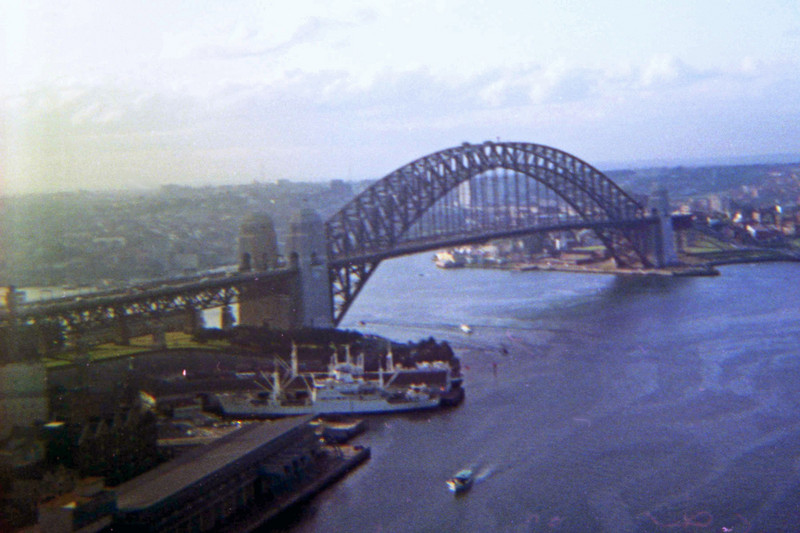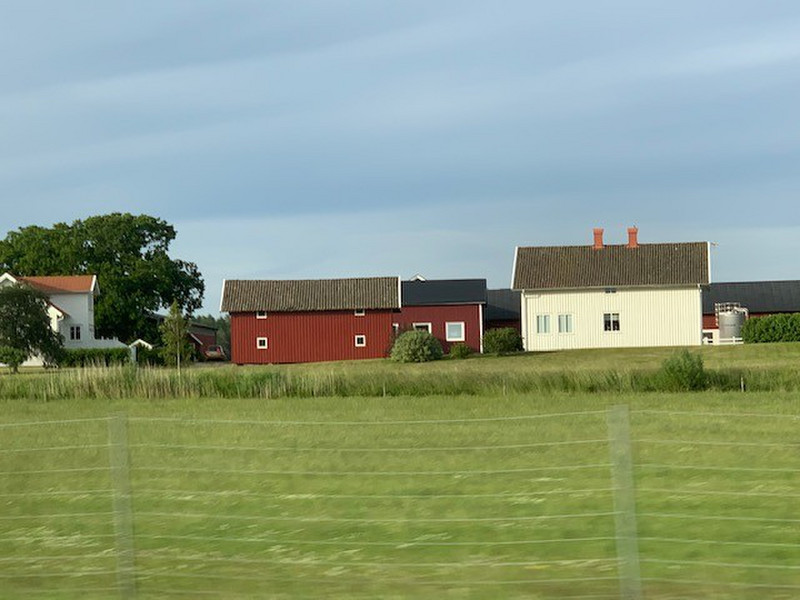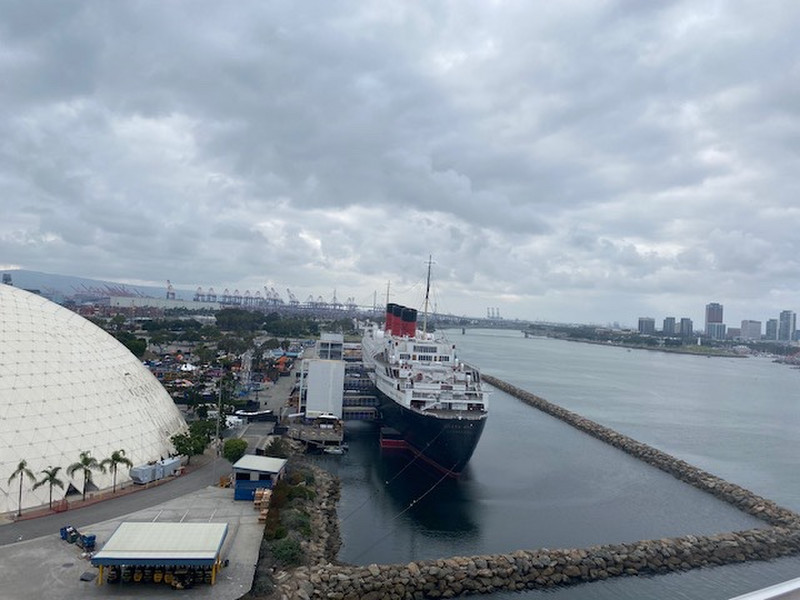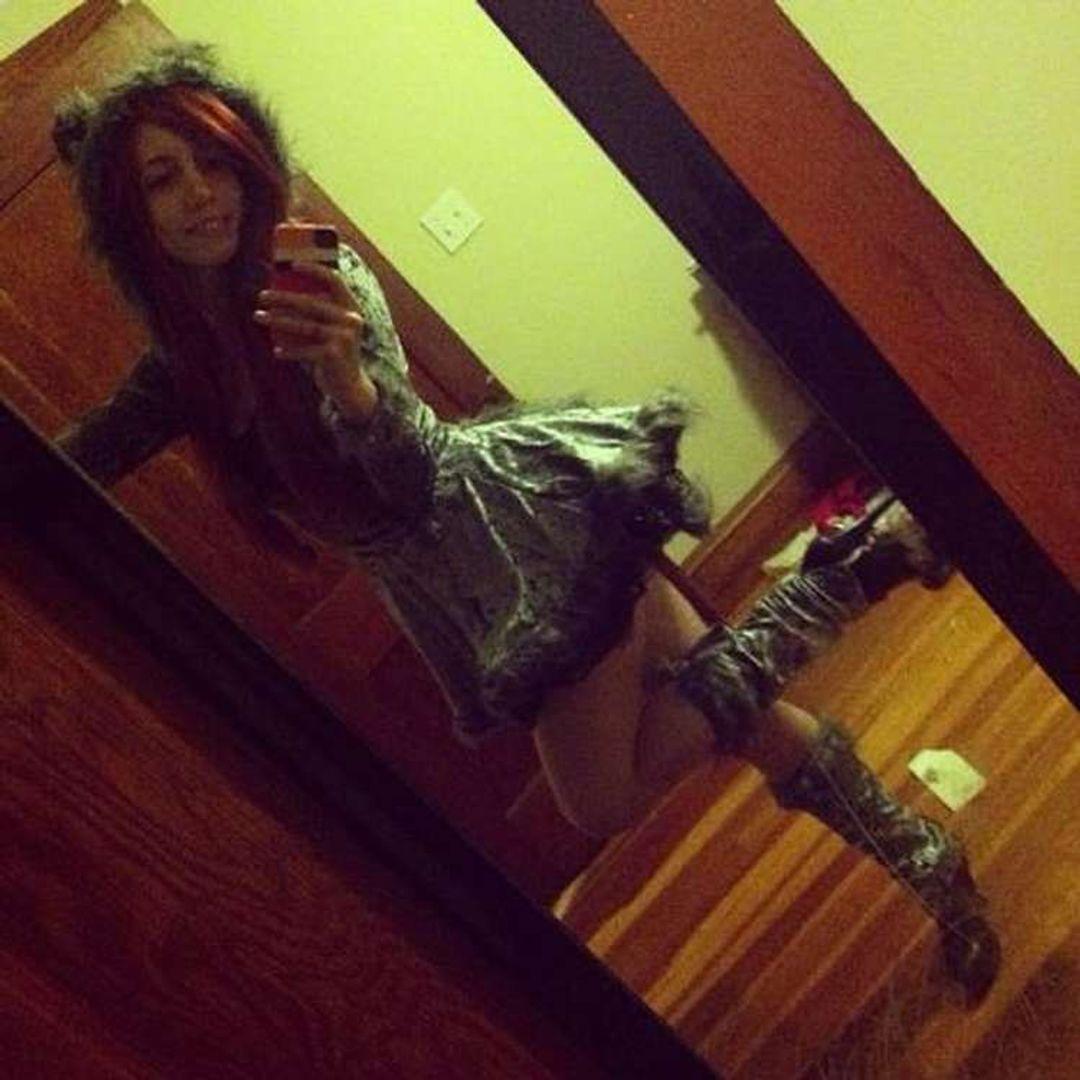Adam our guide was a bit late arriving, he made us smile saying he had been bombed by a pigeon and had to clean himself up.
With many beautiful buildings in Budapest, this trip was around the old Palace District which forms an inner part of Pest. Known until period as the ‘Magnates Quarter.
The great flood of 1838 caused the collapse of 900 buildings with only 250 surviving. The few buildings in the Palotanegyed which survive from before 1838 include the Chapel of St Roch - the patron saint of plague sufferers built in 1711 in the hope of warding off the plague then devastating Pest, on the site of an early Christian, possibly 4th century, chapel.
The oldest known building in the Palace District, was rebuilt in 1945 after being destroyed in World War II - and then was damaged badly again in 1956.
The Palace District is also notable for one of Budapests two surviving buildings designed by famous Viennese architects, the Istvn Krolyi or palace at Mzeum utca 17.
A architectural team also designed Hungarys first department store, the Corvin ruhz.The architect was Zoltn Reiss who designed many buildings in Budapest and elsewhere in Hungary during the first decades of the twentieth century, and who also served as an officer in the army in the First World War.
Construction of the classicist building began in 1915, with the department store finally opening in 1926 (five years later it incorporated Hungarys first escalator). It was owned by M.J. Emden and Sons, Hamburg.
Charlie rabbit by Gza Dezső Fekete (2016 bronze statue),the Belgian giant rabbit had probably been an Easter bunny left in the Krolyi Garden to his fate. Though he was not noble by blood his adoption to the garden made him to a aristoc rabbit with all the usual priviligies. He was the biggest animal allowed to enter the otherwise strictly guarded and trimmed park. He lived there for six years in his cage which he only left
for a couple of hours for a constutitonal walk in fresh air and some frisking around during the morning and evening hours undisturbed by commoners.
The reflections of the buildings were mirrors on the outside of an underground car park, a great idea to enhance the ancient buildings but keeping a modern facility.









